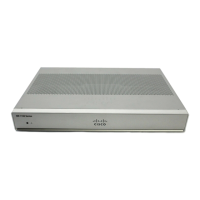Table 5: Power Requirements for <platform name>
Output RatedInput RatedPower Source
12 VDC, 5.5A100-240V, 2A66W AC Power Adapter
(PWR-66W-AC-V2)
12V, 4.6A, -53.5V 1.12A100-240VAC, 2A, 50-60 Hz115W AC Power Adapter
(PWR-115W-AC)
12V , 2.5A100-240 VAC, 1A30W AC Power Adapter
(PWR-30W-AC)
12V 5.5A, -53.5 1.5A100-240 VAC, 2A150W AC Power Adapter
(PWR-150W-AC)
12 VDC, 5.5A24 V DC Nominal (19.7V DC to
30 V DC input range)
66W DC Power Adapter
(PWR-66W-I-DC)
Network Cabling Specifications
The following sections describe the cables and thee specifications required to install Cisco 1100 Series ISRs:
Console Port Considerations
The router includes an asynchronous serial console port. The console ports provide access to the router using
a console terminal connected to the console port. This section discusses important cabling information to
consider before connecting the router to a console terminal or modem.
Console terminals send data at speeds slower than modems do; therefore, the console port is ideally suited
for use with console terminals.
EIA/TIA-232
Depending on the cable and the adapter used, this port appears as a DTE or DCE device at the end of the
cable. Only one port can be used at the same time.
The default parameters for the console port are 9600 baud, 8 data bits, 1 stop bit, and no parity. The console
port does not support hardware flow control. For detailed information about installing a console terminal, see
the Connecting to a Console Terminal or Modem section.
For cable and port pinouts, see the Cisco Modular Access Router Cable Specifications document located on
Cisco.com.
USB Serial Console
The USB serial console port connects directly to the USB connector of a PC using a USB Type A to 5-pin
micro USB Type-B cable. The USB Console supports full speed (12Mb/s) operation. The console port does
not support hardware flow control.
Hardware Installation Guide for the Cisco 1000 Series Integrated Services Router
27
Prepare for Router Installation
Network Cabling Specifications

